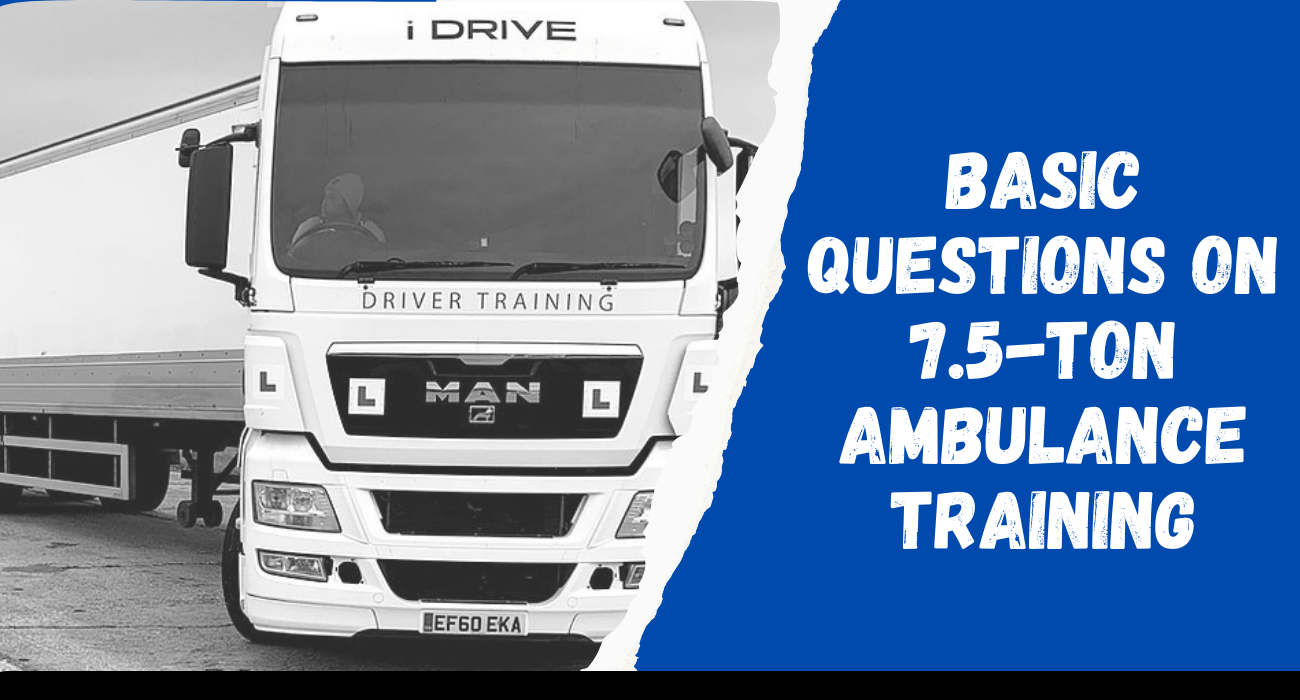A very satisfying job choice is becoming a paramedic. Like being a fireman or policeman, it's another profession that many people aspired to when they were young. It is a noble career path and one that has become even more crucial in these upsetting times. No two days are the same in this profession; you learn as you go along, and while there are some challenging lows, there are also some incredible highs. Ambulance drivers have a level of cooperation and companionship that is uncommon elsewhere. The trainer teaches it in their 7.5-ton ambulance training. Even if you leave the profession, that family follows you throughout life.
Ambulances are driven by ambulance drivers who take badly injured or unwell patients to hospitals from their homes or the scene of accidents. They may also help the EMTs move patients on stretchers and transfer elderly and non-emergency patients from one place to another.
How Long Does It Take To Train To Drive An Ambulance?
You should know that training to be an ambulance driver takes time. It is due to the need for ambulance drivers to possess 7.5-ton ambulance training. Therefore, before you pursue medicine as a full-time profession, you must complete a full medical education. Traditional medical school and on-the-job learning are divided into two stages of training to acclimate to the environment and teach how to handle difficult situations. Any higher education degree or diploma in paramedic science will be yours after the typical five-year paramedic training programme.
Which Driver Education Do I Need?
You should complete a Driver CPC to obtain a 7.5 tonne licence. Because ambulances are considered heavy goods vehicles (HGVs), you must understand how to drive them correctly and, most importantly, safely. Modern ambulances weigh about 5 tonnes, and Cat 1 permits you to operate HGV up to 7.5 tonnes. Therefore an ambulance falls under this category.
Who Will Be My Colleagues?
Ambulance drivers operate in a social environment, just like everyone else. Instead, you'll have the chance to collaborate with a wide range of individuals, each of whom will contribute significantly to patient care. You may be or will likely be working with:
- Assistant ambulance driver and patient transporter
- Emergency medical dispatcher and call taker
- Assistant in emergency care
- technician in emergency medicine
- call handler for Patient Transport Service
- Paramedic
- veteran paramedic
One thing unites all of these roles. They call on you to be kind and sensitive, organised, and able to maintain composure under pressure. A job in the ambulance service might be right for you if it describes you.
Do Ambulance Drivers Have The Right To Go Fast?
Emergency vehicles like ambulances are permitted to go over the posted speed limit. The hitch is that they have to be running with sirens and lights in response to a real emergency. And they must obey traffic laws and drive safely. There are speed limits for some EMS services.
Can Ambulance Drivers Operate An HGV?
Modern ambulances weigh about 5 tonnes, which places them in the HGV category. Thus, you require a 7.5-tonne licence, which allows you to operate any vehicle weighing up to 7.5 tonnes. It will enable you to comprehend how to safely run your ambulance, which is an essential aspect of being an ambulance driver!
Also Read: Top 10 Websites Accepting Guest Posts For Startup Write For Us Niche







0 Comments